Agile GTM Mechanics


Not so long ago, Go-To-Market planning was considered good if it defined a compelling market opportunity, develop a robust segmentation of your target base, and pinpoint the sweet spot customers. And then design a route to market and create a sales acceleration roadmap with action plans.
But the shifting sands meant that Sellers on the front line need a blueprint that is capable of communicating back to them, like an inbuilt GPS system, pointing in the right direction. Something that absorbs the shocks, while staying the course. Helps avoid costly mistakes.
Companies don’t want static Go-to-Market Plans that resemble standalone terrain maps with landmarks, their coordinates like, market size, growth rate, market share of each player, and so forth.
Businesses targeting the same market, in the same product category, at the same time, have very different GTM plans from one another. The quickest path to money for a market leader is different vs a Startup that raised a ton of cash vs a player struggling with attrition or churn. There are as many varieties of GTM Plans in any category as the number of players.
In other words, the terrain map marked with sweet spots and the quickest path for you to get there is Agile GTM Blueprint. At Magical Selling, we help you connect those dots forward. Here are some flavors:
1. ‘Sales Acceleration’ GTM: Into new territories and markets. Here, you focus on expanding sales of your existing product in your existing market: you know the product works, and the market holds few surprises for you.
2. ‘Change-of-Plan’ GTM: Either towards a new untapped opportunity or away from a low percentage current opportunity. With this, you’re putting an existing product into an entirely new market. You can do this by finding a new use for the product, or by adding new features or benefits to it.
3. ‘Reversing the course’ GTM: Slow down, halt and reverse underperformance or negative growth metrics. It usually involves Product Development thereby making it slightly more risky than Sales Acceleration, because you’re probably introducing a new product into your existing market.
4. Early Adopter GTM: ‘Nail it before you scale it’ stage Startups or new product launches. This is a risky one, because you’re introducing a new, unproven product into an entirely new market that you may not fully understand.
When your frontline executes this at the deal level, it is called Win Plan. At the Account Level it is called Account Plan. And at the territory level it is called Agile GTM Plan.


